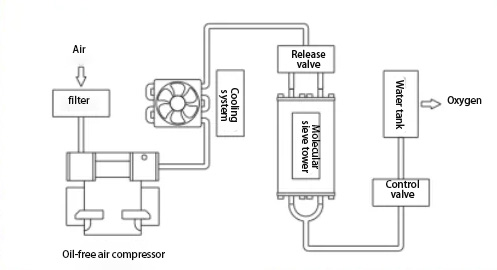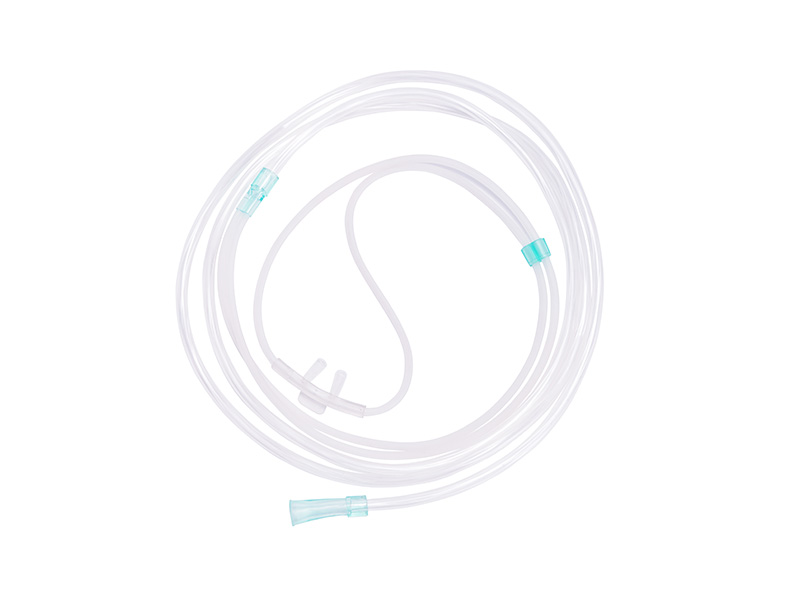Breathing supplemental oxygen provides fast, targeted relief for conditions caused by low oxygen levels. For those needing ongoing care, home oxygen therapy helps restore healthy oxygen levels in the blood. This protects vital organs like the heart, brain, and lungs from stress caused by oxygen deprivation while enhancing daily comfort and energy. By maintaining proper oxygen balance over time, it becomes a powerful tool for preserving health and independence.
The key to home oxygen therapy is scientific oxygen use guidance and medical-grade oxygen concentrators
So, as an oxygen concentrator is basic and widely used equipment, what factors should we consider when choosing it? What are the common models of oxygen concentrators?
People who are suitable for oxygen concentrators of various specifications
- 1L oxygen concentrator is often used for health care, pregnant women, students, office workers and other people who use their brains for a long time, to achieve health care effects such as enhancing immunity.
- 3L oxygen concentrator is often used in elderly care, hypertension, cardiovascular and cerebrovascular hypoxia diseases, hyperglycemia, obesity, etc.
- 5L oxygen concentrator is commonly used for cardiopulmonary functional diseases(COPD cor pulmonale)
- 8L oxygen concentrator is often used for special patients with high oxygen flow and long-term oxygen inhalation.
It should be noted that only oxygen concentrators with a medical device registration certificate and an oxygen output of 3L or more can play the role of assisting the quality of related diseases. COPD patients need to choose to buy oxygen concentrators that can supply oxygen for a long time, so as not to fail to meet the quality requirements(patients on home oxygen therapy are recommended to have more than 15 hours of oxygen therapy per day). The output oxygen concentration of the oxygen concentrator must be maintained at 93%± 3% to comply with relevant national regulations.
For a 1L oxygen generator, the oxygen concentration can only reach over 90% when the oxygen output is 1L per minute.
If the patient needs to use a non-invasive ventilator connected to an oxygen concentrator, it is recommended that an oxygen concentrator with a flow rate of at least 5L or greater be used
Oxygen concentrator working principle
Household oxygen generators generally adopt the principle of molecular sieve oxygen production, which is to use air as raw material, separate the oxygen and nitrogen in the air through pressure swing adsorption to obtain high-concentration oxygen, so the adsorption performance and service life of the molecular sieve are very important.
The compressor and molecular sieve are the core components of the oxygen generator. The higher the power of the compressor and the finer the molecular sieve, the basis for improving the oxygen production capacity, which is roughly reflected in the size, component material and process technology of the oxygen generator.
Key points for purchasing oxygen concentrator
- Operation difficulty
When helping loved ones choose a home oxygen machine, prioritize simplicity over fancy features. Many well-meaning families buy models covered in buttons and digital displays, only to find the controls confusing-leaving both users and caregivers frustrated. Look for machines with clear it is to strat, stop, and control airflow, the more reliably it’ll be used. For older adults especially, straightforward operation reduces stress and ensures they actually benefit from their investment.
- Look at noise level
At present, the noise of most oxygen concentrators is 45-50 decibels. Some types can reduce the noise to about 40 decibels, which is like a whisper. However, the noise of some oxygen concentrators is about 60 decibels, which is equivalent to the sound of normal people talking, and has affected normal sleep and rest. Oxygen concentrators with lower decibels will be more comfortable to use.
- Is it easy to move
When choosing a home oxygen machine, think about how easily you can move it. If you’ll need to use it in different rooms or take it along for outings, pick a model with built-in wheels and a lightweight design rooms for hassle-free mobility. But if it’ll stay mostly in one spot, like beside a bed, a stationary unit with simple setup might work better. Always match the machine’s design to your daily routine-this way, it supports your life instead of complicating it.
Supporting oxygen inhalation tools
It is best to replace disposable nasal oxygen tubes every day. However, this is personal item, so there is no cross infection, and you can replace one every two or three days. It is very convenient if the oxygen concentrator you use comes with an ozone disinfection cabinet. You can often put it in there for disinfection, so that you can use it for a longer time and save on consumables.
Post time: May-07-2025



